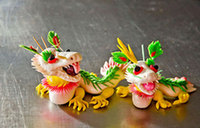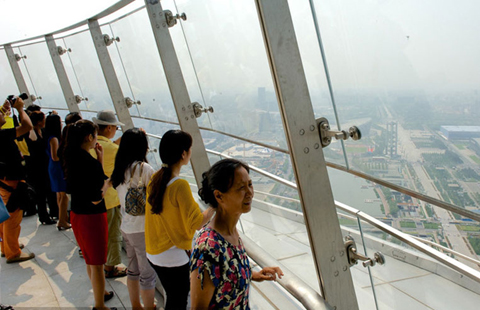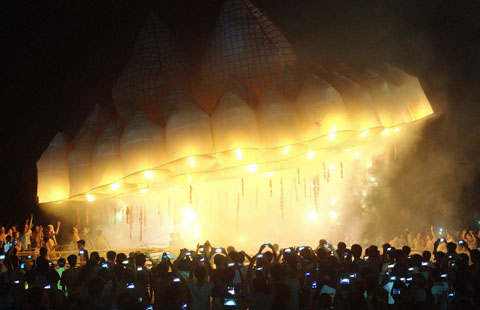A living language's life
Updated: 2014-10-08 07:50
By Wang Kaihao(China Daily)
|
||||||||
 |
|
Dongba pictographic manuscripts were inscribed on the UNESCO World Heritage list in 2003. |
"Though people's studies are separate at first, needs of cultural comparisons through time and space urge different institutions to join hands for their wider-range studies," Oppitz says.
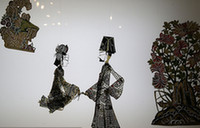 |
He points to the similarities between Dongba art and Tibetan thanka paintings, and between ethnic cultures in southwestern China and Southeast Asia.
"The pictograph is a medium between painting and writing," he says.
"It represents Naxi people's identity and show an aesthetic genius, which is rare in other places. We will know so much more if people do the research together."
The Beijing symposium offers hope, since UNESCO appealed to all custodians to "support the virtual reunification" in a document on the meeting.
"There are some young inheritors of the old Dongba shamans, with different levels of skills, but they do not have the capacity to interpret more complex Dongba scriptures. The boom of tourism has also made some of the Dongba shamans abandon their traditional lifestyles," the document says.
An agreement has been made to build an international database under UNESCO's framework, which will make it easier to fund such projects as Zhang's, UNESCO communication and information adviser Andrea Cairola says.
But a detailed timeline has yet to be released by the UN agency.
"Through these efforts, the study of the old manuscripts may provide new social, scientific and philosophical concepts, creating an essential link between the ancient world and modern civilization," Zhang says.

 Happy moments of actor Lu Yi with his daughter
Happy moments of actor Lu Yi with his daughter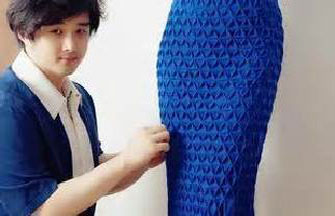
 Fashion designer bridges culture gap
Fashion designer bridges culture gap
 Singer Li Yuchun poses for fashion magazine
Singer Li Yuchun poses for fashion magazine
 Hundred Flowers Award ceremony opens in Lanzhou
Hundred Flowers Award ceremony opens in Lanzhou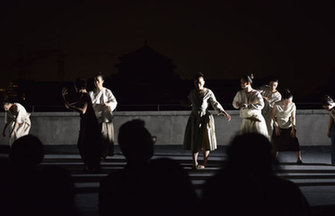
 A quiet designer
A quiet designer
 Alibaba founder biopic could be underway
Alibaba founder biopic could be underway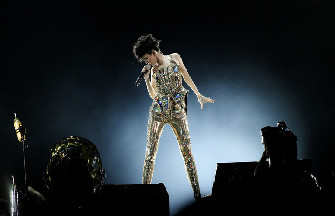
 Star Stefanie Sun holds concert in Beijing
Star Stefanie Sun holds concert in Beijing
 Faye Wong's manager refutes star's drug rumors
Faye Wong's manager refutes star's drug rumors
Most Viewed
Editor's Picks

|

|

|

|

|

|
Today's Top News
A concrete step forward to mend ties
Silent HK majority urged to support government
US Commerce to help tap Chinese market
HK govt to meet with students
Live report: 1 dead, 38 injured in Yunnan quake
Chinese insurer buys NYC's Waldorf hotel
WB sees slower rise in China economy
Chinese actress Li Bingbing calls for action on climate change
US Weekly

|

|
